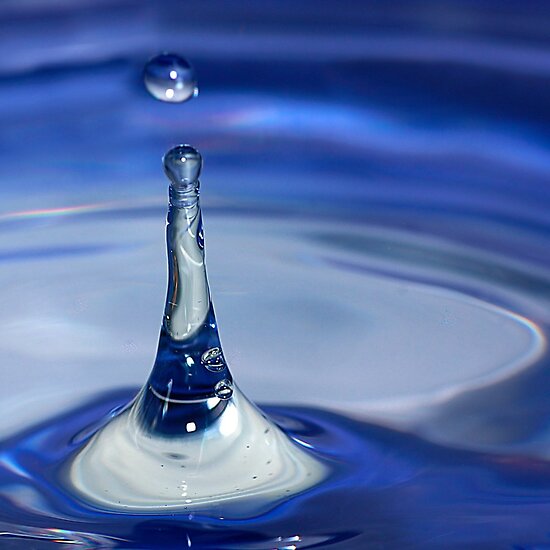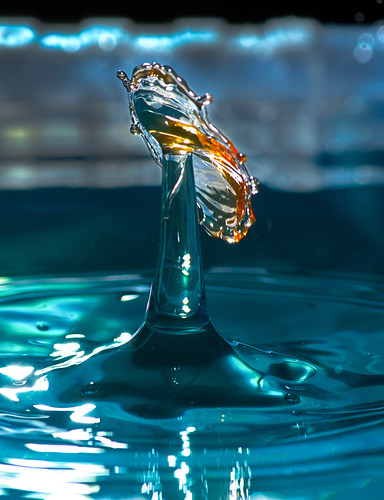- Messages
- 2,043
- Edit My Images
- Yes
AshMashMash submitted a new resource:
Water drops: specifically; collisions. - Water drops: specifically; collisions.
Read more about this resource...
Water drops: specifically; collisions. - Water drops: specifically; collisions.
I get quite a lot of questions about my droplet collision photos, so I thought I would include a tutorial of my method. I am sure there are other methods, but this is mine. It’s a bit wordy, sorry.
The basic theory:
The theory behind this sort of photo is to take a picture of something happening that only last’s for about, perhaps, 1/10,000th of a second or less. Of course shutter speeds don’t generally go to this speed, but...
Read more about this resource...
Last edited by a moderator:




